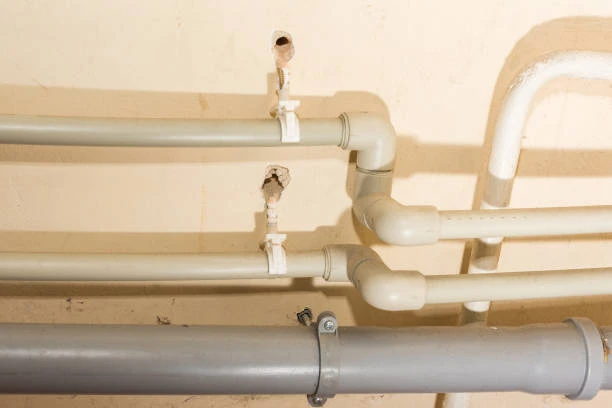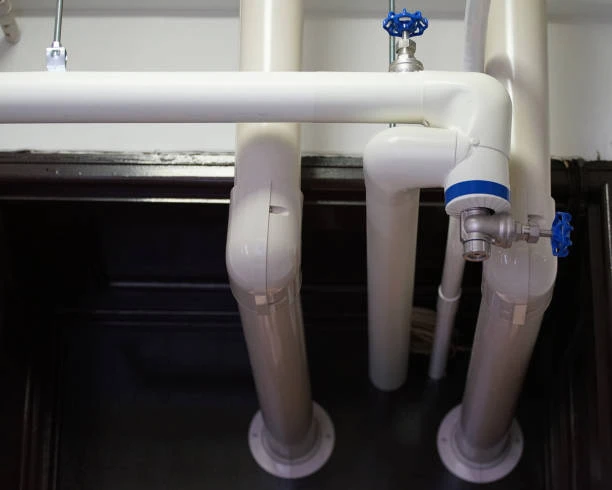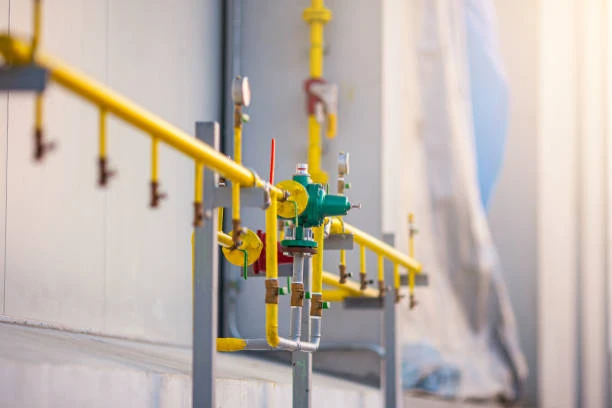Introduction
Ball valves are critical components in seawater desalination systems. They control the flow of seawater and freshwater within the system. Proper selection of ball valves ensures efficiency and reliability. This article explores the selection process for ball valves, focusing on materials, design, and installation. Additionally, it discusses how to install a ball valve effectively.
Importance of Ball Valves in Desalination
Ball valves play a vital role in seawater desalination. They help regulate flow during various stages of the process. For example, during the intake stage, ball valves control the seawater entering the system. This regulation is crucial for maintaining optimal pressure and flow rates. Furthermore, ball valves ensure the safe operation of desalination plants, preventing leaks and system failures.
Material Selection
Choosing the right material for ball valves is essential in seawater applications. Common materials include stainless steel, PVC, and titanium. Stainless steel offers excellent corrosion resistance, making it suitable for seawater. PVC is lightweight and cost-effective but may not withstand high pressures. Titanium provides superior corrosion resistance but comes at a higher cost. Selecting the appropriate material enhances the valve’s longevity and performance.
Size and Pressure Ratings
When selecting ball valves, consider size and pressure ratings. The valve size must match the piping system to ensure proper flow. For instance, a valve that is too small can restrict flow and cause pressure drops. Additionally, pressure ratings must match the operating conditions of the desalination system. Using valves that can handle the maximum pressure ensures reliable operation and safety.
Design Features
The design of ball valves also impacts their performance in desalination systems. Full-port ball valves provide minimal flow resistance, making them ideal for high-flow applications. On the other hand, reduced-port valves are more compact but can cause pressure losses. Furthermore, look for features like blowout-proof stems and durable seals. These features enhance reliability and reduce maintenance needs.
Installation Process
Proper installation of ball valves is crucial for optimal performance. Follow the manufacturer’s guidelines and industry standards. First, ensure the pipeline is clean and free of debris. Next, align the valve with the piping and secure it in place. Use appropriate tools to tighten the connections without over-torquing. Finally, check for leaks after installation to ensure a secure fit.
How to Install a Ball Valve
Knowing how to install a ball valve correctly enhances its performance and longevity. Begin by shutting off the system and relieving pressure. Remove any old valve and clean the connection points. Position the new ball valve in line with the flow direction indicated on the valve. Tighten the fittings securely, but avoid excessive force. Once installed, slowly reintroduce pressure and check for leaks.
Maintenance and Inspection
Regular maintenance is vital for the reliability of ball valves in desalination systems. Schedule routine inspections to check for wear and tear. Look for signs of corrosion, leaks, or damage. Lubricate moving parts as necessary to ensure smooth operation. By maintaining ball valves, operators can prevent costly failures and ensure efficient system performance.
Conclusion
The selection of ball valves in seawater desalination systems is crucial for efficiency and reliability. Consider factors such as material, size, and design. Understanding how to install a ball valve properly ensures optimal performance. By prioritizing these aspects, desalination plants can achieve better operational outcomes and sustainability.
IFAN Products international standards
IFAN products strictly adhere to a comprehensive range of international standards, encompassing ISO 15874, EN 15874, ASTM F2389, DIN 8077/8078, GB/T 18742, NBR 15884, ISO 15494, EN ISO 15494, GB/T 19472, NBR 15494, ASTM 2846 (501), DIN 8079/8080 (502), ASTM F441/F441M SCH80 (503), DIN (504), DIN (505), GB/T 18993, AS/NZS 1477, CSA B137.6, NSF/ANSI 14, TIS 17-2532/1131-2535, BS 3505, BS 4346 (801), ASTM D1785 SCH40 (802), ASTM D1785 SCH80 (803), DIN (804), GB (805), GB (806), GB(901), DWV(902), ASTM D2665 (903), along with ASTM D2241, D2665, D2729, and F441/F441M series, ISO 1452, EN ISO 1452, DIN 8061/8062, GB/T 10002, AS/NZS 1477, JIS K6741, CSA B137.3, and other national and industry norms.
Connect
IFAN is a Chinese manufacturer of plastic pipes, fittings and valves with 30 years of experience. If you are interest in IFAN copper fittings, copper valves, plastic pipes and fittings, please contact us. IFAN offers you a variety of standard pipes to meet your specific needs. Click below to learn more about IFAN’s wide range of affordable and cost-effective valve products and piping system related products.
We will reply your email or fax within 24 hours.
You can call us at any time if there is any question on our production.
For more information,pls visit our webside https://waterpipefitting.com/
Pls Mailto: [email protected]
Whatsapp: + 86 19857948982














Recent Comments